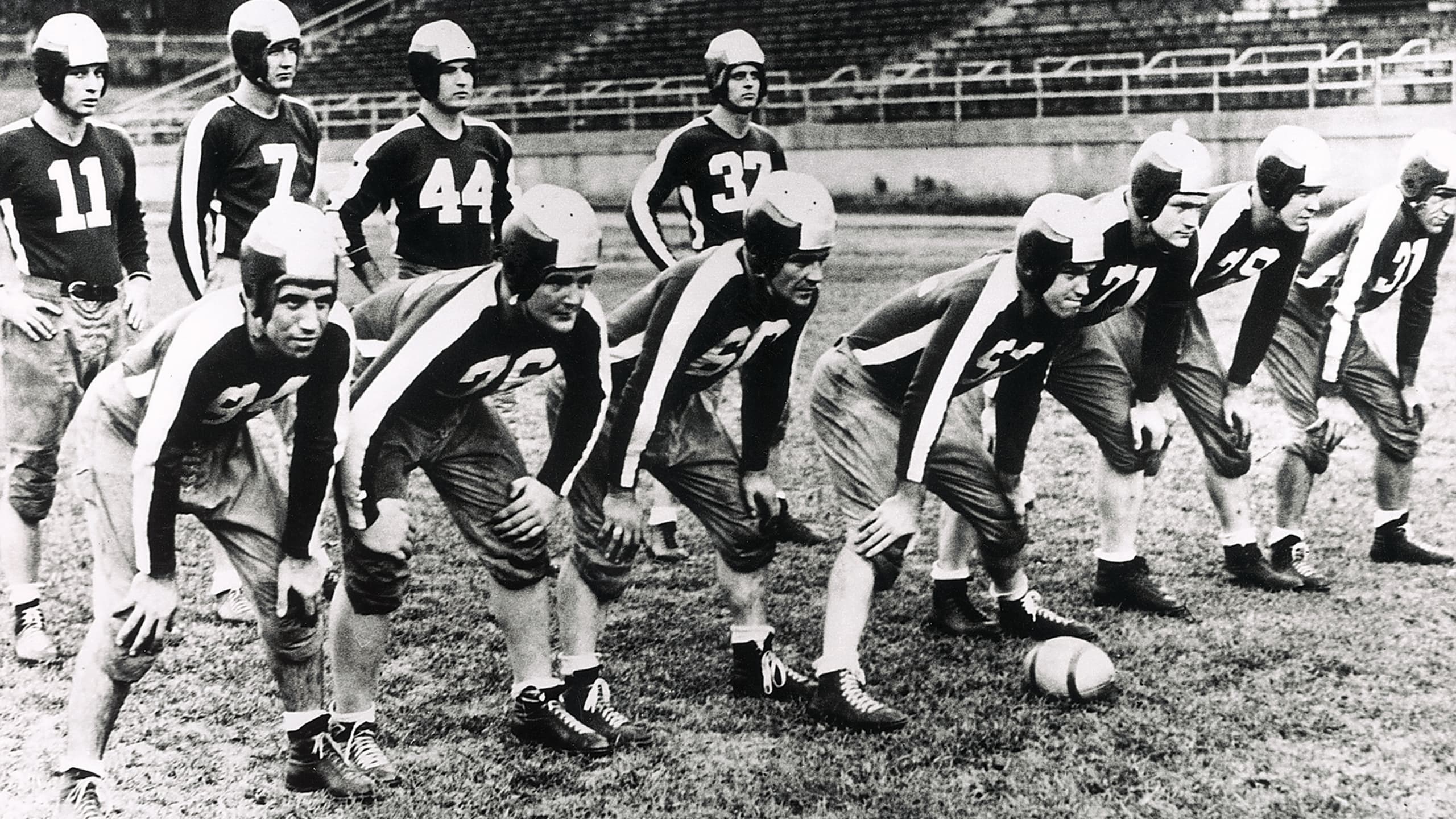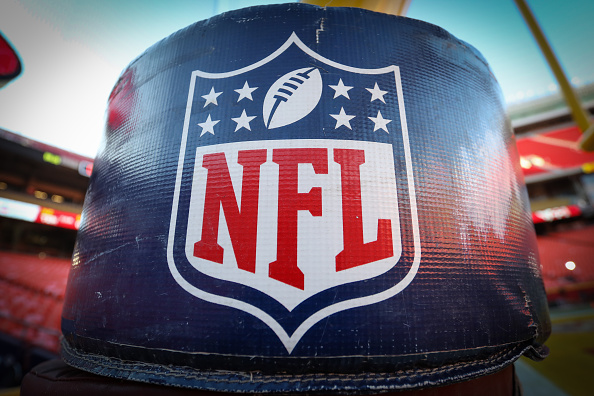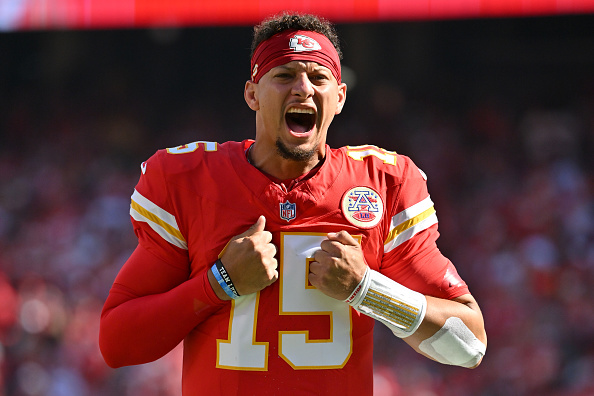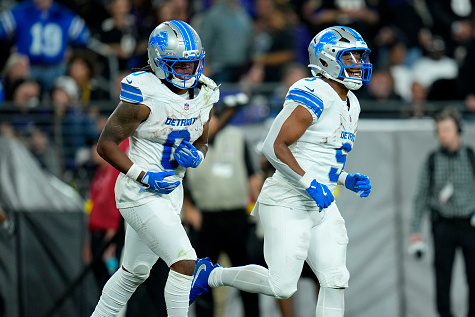The National Football League (NFL) is in serious trouble. Mounting evidence of Chronic Traumatic Encephalopathy (CTE) is making parents reconsider youth football, dropping the participation rate among six to 17-year-olds nineteen percent since 2009 according to ESPN. USA Football has acknowledged an even greater drop of 27.7 percent since 2010 (as of 2017).
Off the field, the problems are just as significant. There have been 14 player arrests in the 2017 offseason alone, and the uneven penalties handed out by Commissioner Goodell for player misconduct continued to draw criticism from inside and outside the league. To make matters worse, in the 2016 season, 13 different players were caught using performance enhancement drugs (PED’s) and were consequently suspended for as many as 10 games.
Prohibiting any solutions to these formidable problems is the contentious relationship between the NFL and the National Football League Players Association (NFLPA). At stake is the existence of professional football itself, evidenced by a seven percent decline in viewership during the 2016 regular season and 10 percent during the playoffs.
Fans and NFL employees alike should take solace in the fact that there is a precedent in the NFL’s ability to endure even in the worst of times; look to the 1943 “Steagles” as an example for conquering adversity.
With recruits heading overseas to combat the Axis powers, the NFL rosters were lacking star power, talent, and able-bodied men. The Cleveland Rams were unable to field a team, leaving the NFL with only nine clubs. Other franchises replaced players who went into the armed forces with college athletes, retirees such as Hall of Famer Bronko Nagurski, and Uncle Sam’s rejects. In-state rival Pittsburgh Steelers and Philadelphia Eagles had to put aside their differences and join forces.
Prior to the merger, the Steelers were down to six players and the Eagles twelve. All but eight of the 30 Steagles were rejected by the armed forces for reasons ranging from ulcers to bone marrow infections. One player, halfback Tony Bova, was completely blind in one eye and partially blind in the other.
Other than filling out the depth chart, the Steagles faced other issues, such as finding a suitable home field for the team’s six home games. Owners Bert Bell and Art Rooney had to put aside their intense desire and habit of being in control on several logistical issues. At risk of alienating their own fan bases and concession revenue at stake, Bell and Rooney eventually agreed that two of home games would be played at Pittsburgh’s Forbes Field, while the other four were to be hosted at Philadelphia’s Shibe Park.
The division of revenue, advertising, salary payments, common accounting procedures, transportation and accommodation for players would all have to be worked out between the front offices.
The ballclub needed a uniform. What followed can only be described as an embarrassment to the human eye. The uniforms were dark green with a silver stripe, the pants beige, and the socks a golden mustard.
The biggest issues, however, took place on the field. Unable to settle on one head coach, the decision was made to go with co-head coaches, Ernie “Greasy” Neale from the Eagles and the Steelers’ Walt Kiesling.
The two had entirely different offensive and defensive schemes. Neale followed in the footsteps of George Halas by using the T-formation and hoped to have a quarterback who could throw a long pass, while Kiesling considered it unmanly to throw the ball and run fakes.
According to running back Jack Hinkie, “There was a big blow-up about halfway through the season when Neale called one of the Steeler players a ‘statue of s**t.’ Kiesling pulled all of the Steelers off the practice field,” (Goodtimes, Johnny). Eventually, the only way for the co-coaches to run the team cohesively was to have one coach each side of the ball; as Neale took control of the offense and Kiesling the defense, working together despite the personal animosity. If the rival Steelers and Eagles could put aside their differences for the better of the game, the far more experienced NFL and NFLPA can do the same.
Here are a few clear cut solutions the two sides should implement:
First, the NFL must address the injury issue. They should publicly apologize for previously not telling players the full effects of concussions, CTE and what it can do to a player’s body, and add a mandatory clause in every player contract stating the possible harm and likely risk of injury. Further, the NFL must offer a substantial financial incentive for companies to develop and manufacture a concussion-proof helmet.
Most importantly, the NFL must assure the public and parents of potential youth football players that they are serious about preventing injuries. To do this they must add substance to their ad campaign by using a small portion of their $13 billion annual profit to guarantee all NFL players health insurance for life.
Second, the process for dealing with player misconduct must be simplified. The NFL and NFLPA must agree to only investigate infractions that potentially damage the integrity of the game itself. These would include PED usage and cheating. The criminal justice system handles the rest. The NFLPA must agree that any player convicted of a felony is barred for life.
Interestingly, in 1942 the Steelers and Eagles combined for a record of nine wins and 11 losses. As the Steagles they improved to 5-4-1, giving the Eagles their first winning season in franchise history and the Steelers their second. It’s amazing what cooperation can do.







